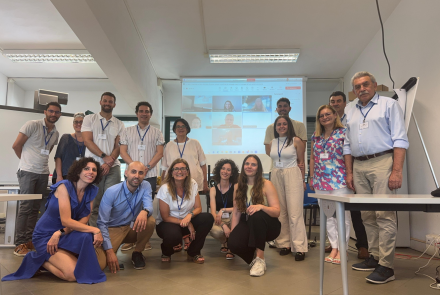An advanced technological level, which evolves continuously and rapidly, characterizes Aerospace Engineering. The research in Aerospace Engineering at DICI tackles all the disciplines typical of the field: Flight Mechanics, Aerospace Structures and Design, Aerospace Systems, Fluid Dynamics, and Aerospace Propulsion. Experimental activities, modeling and numerical simulation are used, often synergically, to seek answers to the current and future challenges to make the aeronautic transportation and the access to space and to its resources democratic and sustainable. The research in Aerospace Engineering is intrinsically multidisciplinary. The knowledge acquired and the tools developed in the various disciplines often find applications in other fields of engineering and science.
Labs
Computational Fluid Dynamics Laboratory
Electric Propulsion Laboratory
Wind tunnel
The Fly-By-Wire Laboratory
Flight Mechanics Laboratory
SpaceLab
Aerospace Structures and Materials
Main Research Topics
- Flight Mechanics
- Aerospace Structures and Design
- Aerospace Systems
- Fluid Dynamics
- Aerospace Propulsion
Aerospace Systems
The research activities developed at DICI in the field of Aerospace Systems (SSD ING- IND/05) are essentially articulated into two basic strands: one oriented toward aeronautical applications, the other toward space ones. As far as the research in aeronautics is concerned, the main topics of interest deal with the study and dynamic analysis of the flight control systems of aircrafts, both piloted and UAV. Aiming to contribute to the improvement of energetic and environmental sustainability of aviation industry and its products, a special attention has been devoted to the study of electromechanical actuation systems, for flight control surface applications as well as for hybrid and full-electric propulsion systems. The basic objective is to identify and solve the most critical design issues, both in terms of dynamic and control performances (through experiments and modeling/simulation in the Matlab-Simulink-Stateflow environment) and in terms of reliability/safety levels (through RAMS analysis and development of health-monitoring algorithms).
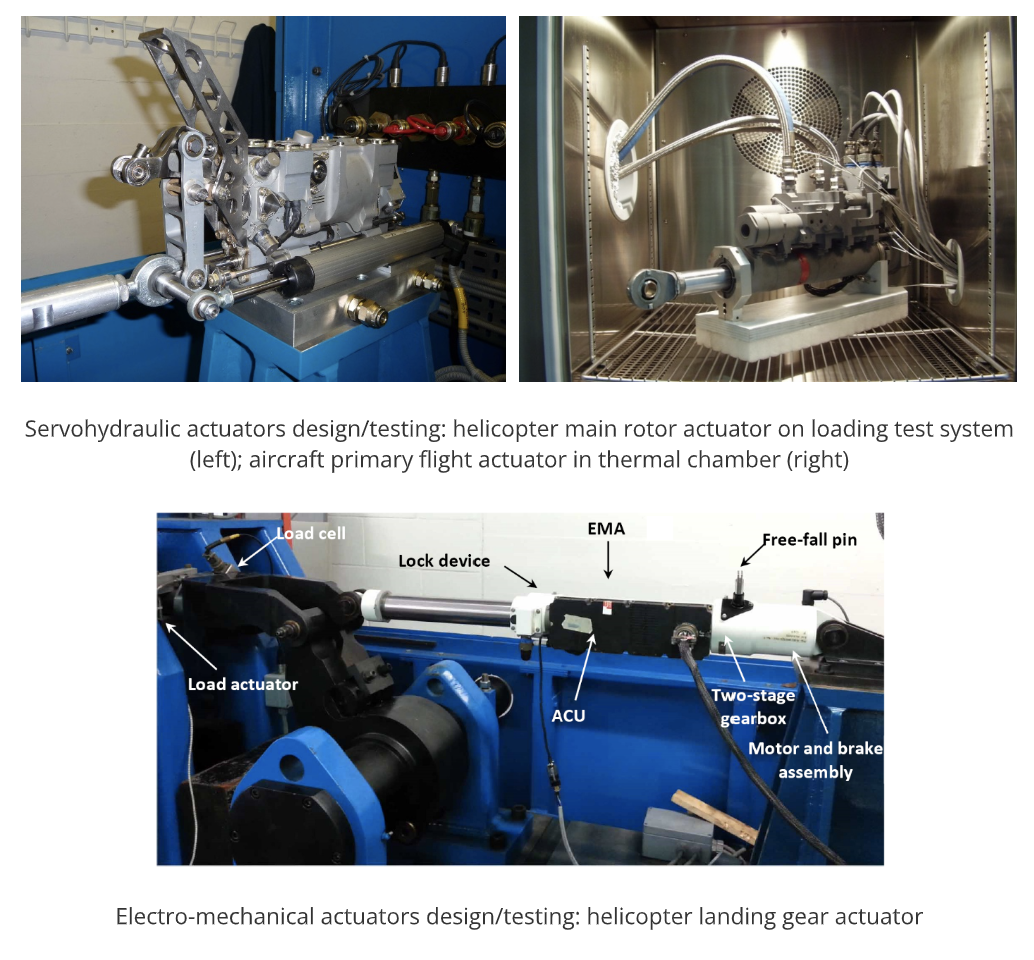
In parallel with the research on actuation systems, multiple activities have been conducted in recent years on the development of advanced sensing technologies, with a special focus on Sense-And-Avoid systems for UAVs. In this particular context, the research led to the set-up of experimental rigs for the functional testing and the validation of algorithms for the obstacles identification and evasion, which integrate camera data with those coming from radar systems.
Ongoing activities in the space field involve small satellites and stratospheric platforms. DICI is the lead partner in an ASI program for the design, fabrication and mission operations of a dedicated 12 U Cubesat platform for in-flight demonstration of micro- and nano-satellite technologies, intended to test in orbit several innovative technologies developed at DICI (monopropellant chemical propulsion), by other UniPi departments (pulsed heat pipes and S-band reconfigurable antennas), and at local SMEs (pulsed plasma propulsion and S-band signal processing on GPUs). Design and integration capabilities in mechanics, sensing, power generation and controls of microsatellite systems are further put to use in the development of a miniaturized platform for accessing the near-space environment (high stratosphere) based on COTS components. Modeling techniques for trajectory prediction and control (Matlab/Simulink) are used to complement intensive experimental work with test flights of Earth observation, telecommunications and scientific experimentation payloads, such as a next-generation solar cell performance measurement system in the stratosphere that will also participate in the CNES SOLAR flight from Canada.
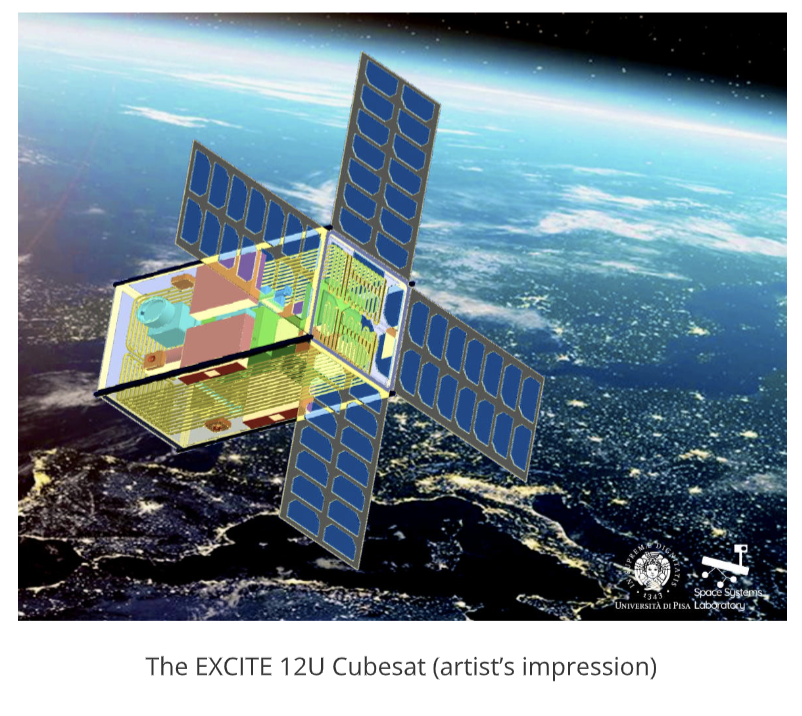
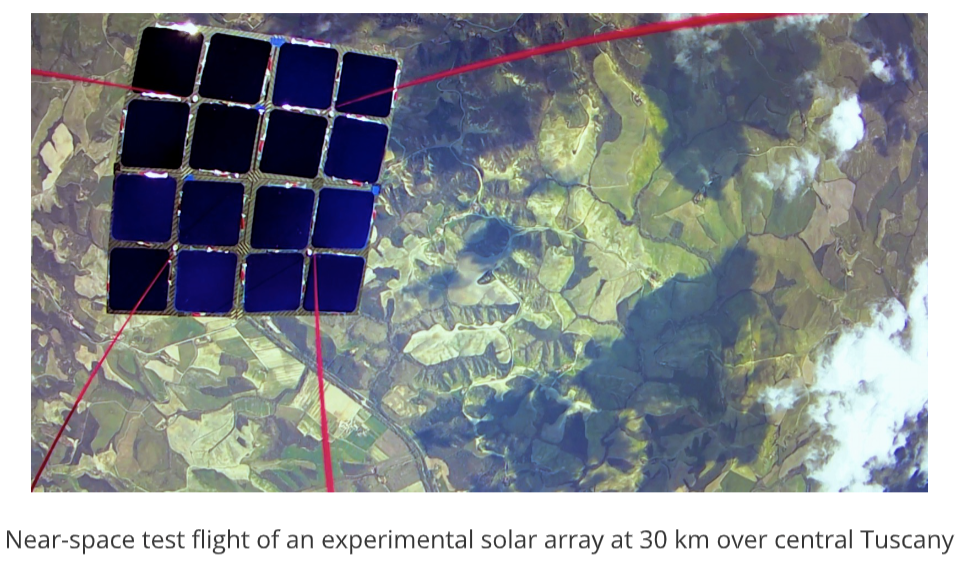
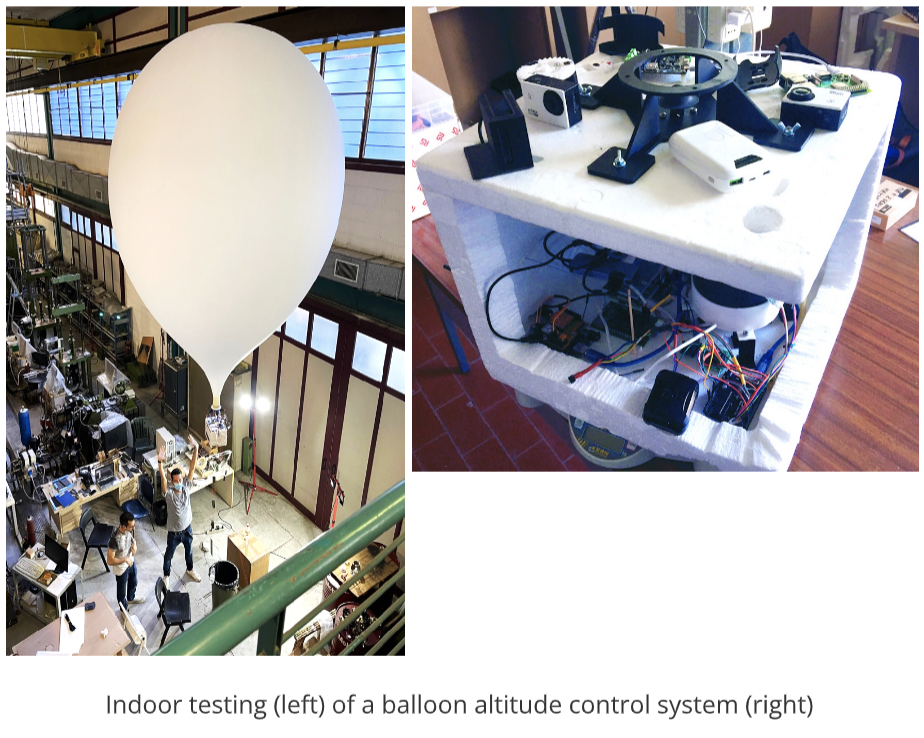
Electric Propulsion Research
Since the seventies of the last century, UniPi has carried out both theoretical and experimental activities on gas-fed MPD thrusters, PPTs, arcjets and resistojets, Field Emission Electric Propulsion (FEEP), Hall thrusters, cathodes for electric propulsion in the framework of ASI, ESA and EU projects, collaborating with public and private institutions in Italy and abroad.
Currently, DICI-UniPi is setting up a new EP laboratory, with a fiberglass vacuum chamber 0.8 m in diameter, 1 m in length (extendable up to 2.5 m). The chamber is equipped with an Edwards scroll pump GVSP30 for rough vacuum and an Edwards turbomolecular pump STP-iS2207 for high vacuum (up to 10 -5 mbar). The chamber is suitable for testing low power (100 W range) electric thrusters, hollow cathodes and small green propellant thrusters. The fiberglass vessel is particularly suitable for tests requiring a low electromagnetic interference of the vessel.
DICI-UniPi is involved in several theoretical and experimental activities, including:
- Development of unsteady 1 D fluid models for studying instabilities and performance in Hall thrusters and development of 2D fluid models for hollow cathode performance studies, in the framework of the H2020 ASPIRE project (in collaboration with the Department of Physisc – UniPi, Prime: Sitael SpA).
- Development of a High Power Hall Thruster with Coaxial Channels with a magnetically shielded topology (up to 25 kW) and development of a wide current range cathode (TANDEM project, in collaboration with Aerospazio Tecnologie SRL, in the framework of an ESA TDE).
- Theoretical and experimental development of hollow cathodes with different emitter materials, operating with xenon, krypton, iodine and hydrogen for EP end nuclear fusion applications (in collaboration with Department of Chemistry and Industrial Chemistry – UniPi and Consorzio RFX –Padua);
- Research and development of iodine propellant management systems for low power thrusters, including an innovative laser-based mass flow meter (in collaboration with the Department of Chemistry and Industrial Chemistry - UniPi);
- Research on rapid prototyping by using additive manufacturing techniques applied to EP components.
Chemical Propulsion Research
The chemical propulsion research group at DICI has more than 20 years of experience in the field of turbopumps for space propulsion applications.
The past and ongoing activities in the fields of cavitation and space rocket turbopumps have been mainly concerned with:
- Design and realization of high head inducers and centrifugal pumps by means of reduced order models.
- Design and realization of the Cavitating Pump Rotordynamic Test Facility capable of characterizing in fluid dynamic and thermal cavitation similarity the following phenomena: the cavitating/non cavitating performance of turbopumps (and other test bodies such as hydrofoils, headforms, etc.); the fluid induced forces on the impellers of cavitating/non cavitating turbopumps in forced experiments with imposed whirl eccentricity and rotation; the cavititation induced flow instabilities (surge, stall, cavitation surge, rotating cavitation, higher order cavitation surge) in liquid propellant rocket turbopumps; the dynamic transfer matrix of cavitating axial inducers and centrifugal impellers.
- Design and realization of high speed hybrid bearings.
- Design and realization of a bearing test rig for the measurements of the performance of high speed hybrid bearings operated with cryogenic fluids.
- Modelling, numerical simulations and theoretical analyses of cavitating flows in turbopumps, hydrofoils and bearings.
Moreover, the research group has about 15 years of experience in the field of green propellants, with activities on monopropellant and bipropellant small thrusters powered by Hydrogen Peroxide.
In close collaboration with the Department of Chemistry and Industrial Chemistry (DCCI) of the University of Pisa, the chemical propulsion research group at DICI has focused on the development of propulsion systems based on the decomposition of hydrogen peroxide inside catalytic beds. The typical thrust range covered by the developed thruster prototypes falls in the common range for satellites and rocket reaction control systems (1-40 N for monopropellant; 20-100 N for bipropellant). Recently, the focus is in the development of green propulsion system for CubeSats.
Flight Mechanics
The research activity performed at DICI in the field of Flight Mechanics (SSD ING-IND/03) involves potential aeronautic and space applications. As regards the former, the main topics of interest are flight stability and control, aircraft dynamics and control, and flight simulation. In this regard, a prototype of a fixed-base flight simulator, developed at DICI as research device and as possible pilot training platform and hosted at the Flight Mechanics Laboratory, represents a useful tool.
On the other hand, research activities conducted in the space field are focused on mission design, trajectory analysis and optimization, and spacecraft attitude control. A particular interest is put on innovative “propellantless” propulsion systems, which are capable of generating thrust without consuming any propellant mass. Among them, it is worth mentioning the solar sail, which exploits solar radiation pressure to modify the spacecraft momentum, and the electric solar wind sail (E-sail), which produces thrust thanks to the electrostatic interaction between solar wind ions and a grid of charged tethers. Recent successes of solar sail test missions have given a renewed impulse to research activity in this field.
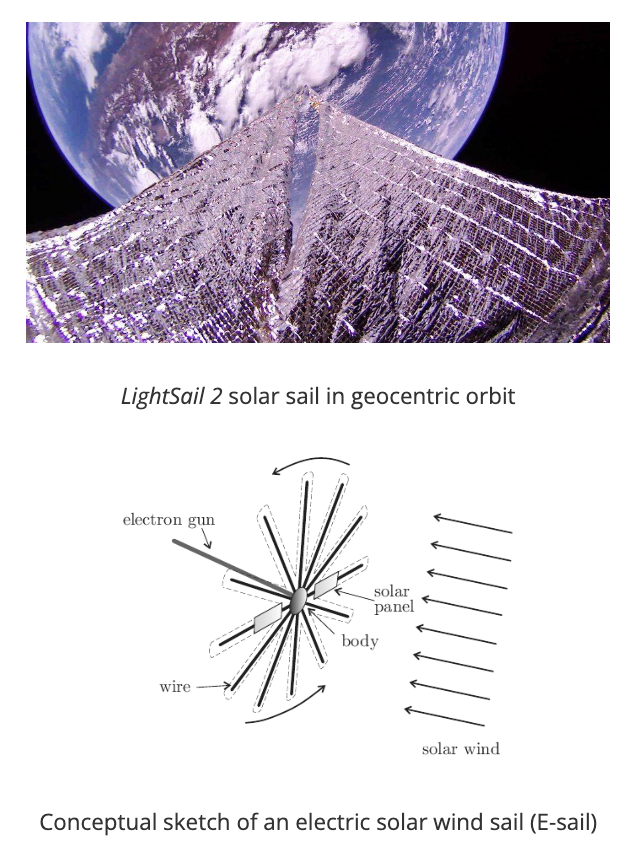
In this context, the Italian Space Agency (ASI) has been financing Helianthus project, led by Università La Sapienza (Roma). The objective of the work consists in preliminary analyzing a mission concept aimed at providing an early warning in case of a CME (Coronal Mass Ejection) with a warning time greater than one hour. The DICI work group is contributing to Helianthus project by analyzing the attitude maneuvers required by sensor and antenna pointing requirement, determining a non-linear (sliding-mode) control law to perform such maneuvers, and studying the vibrational modes of the sail membrane during the motion.
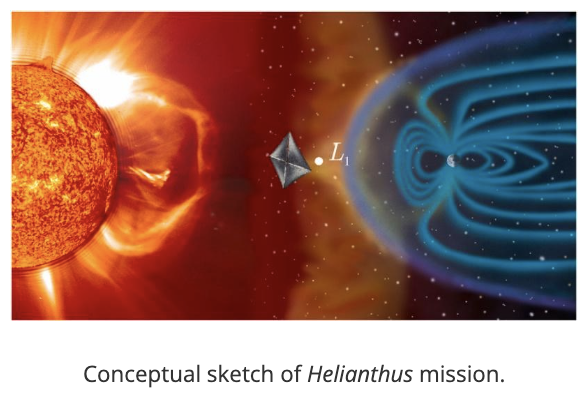
Fluid Dynamics
|
|
The research activities concern the physical understanding and the control of complex flows through the synergic use of numerical simulations, experiments, stability analysis, and techniques for the quantification of uncertainties and parameter sensitivity.
Applications include:
- modeling and analysis of turbulent flows, multiphase flows, and flows in porous media;
- study and control of bluff-body flows, and, in particular, automotive applications;
- reduction of aerodynamic drag;
- modeling and study of separated wakes, and, applications, e.g., wind turbines;
- microfluidics, and, in particular, study and control of flows in micro-reactors and micro-mixers;
- development of an integrated platform (experiments, numerical simulations, and uncertainty quantification) for the study and prediction of hemodynamics in blood vessels.



